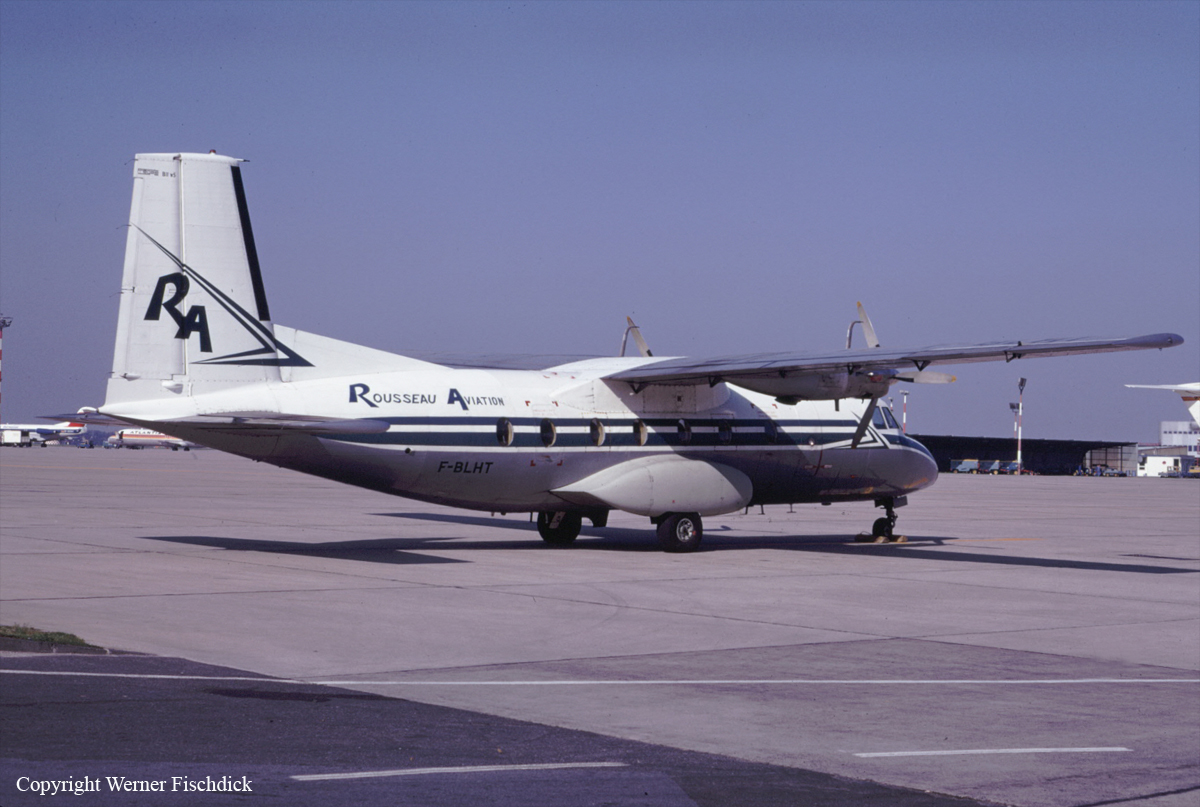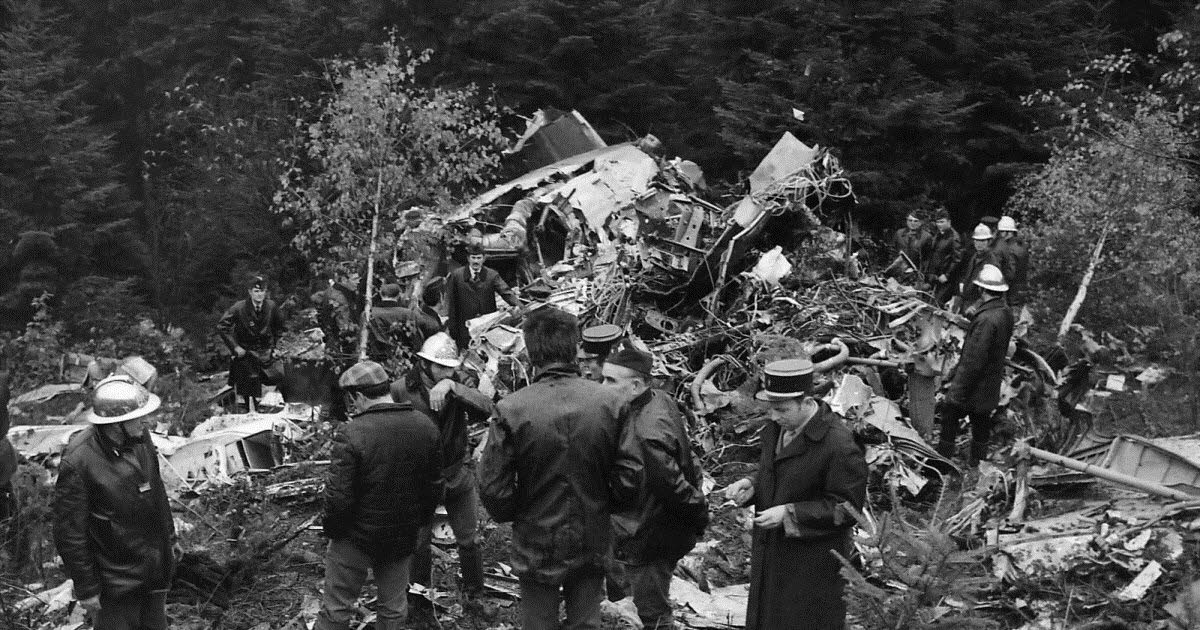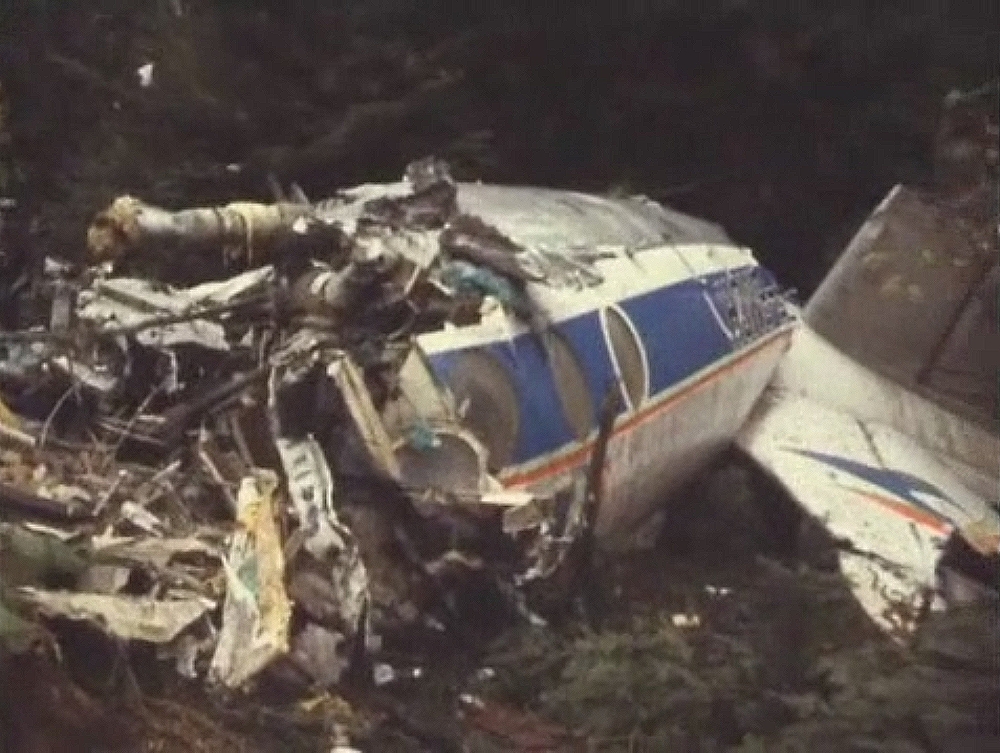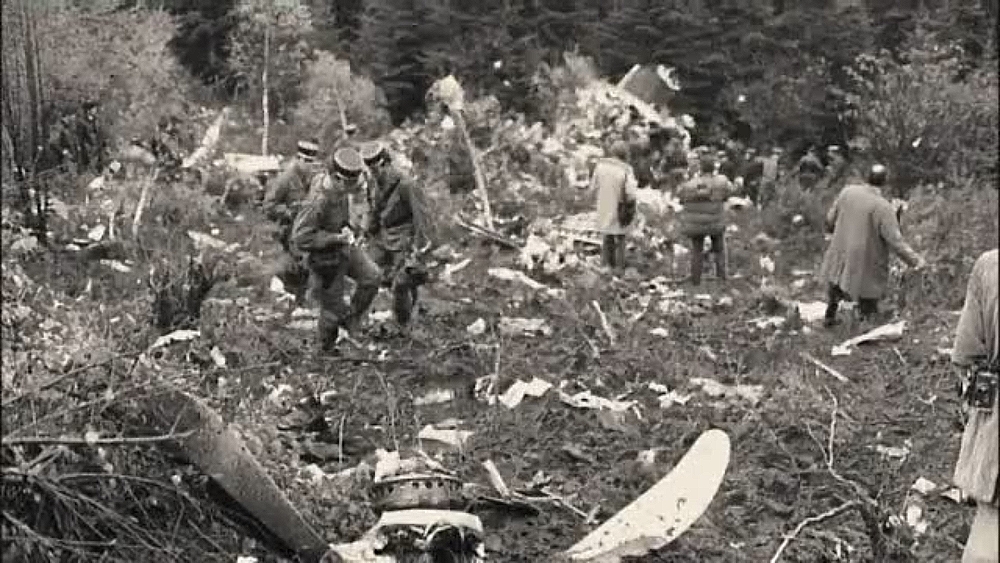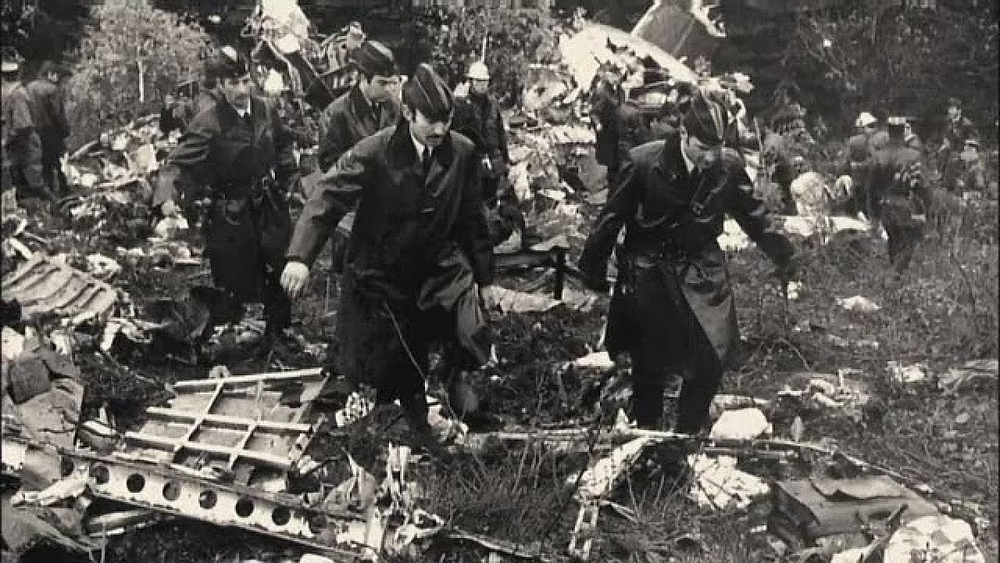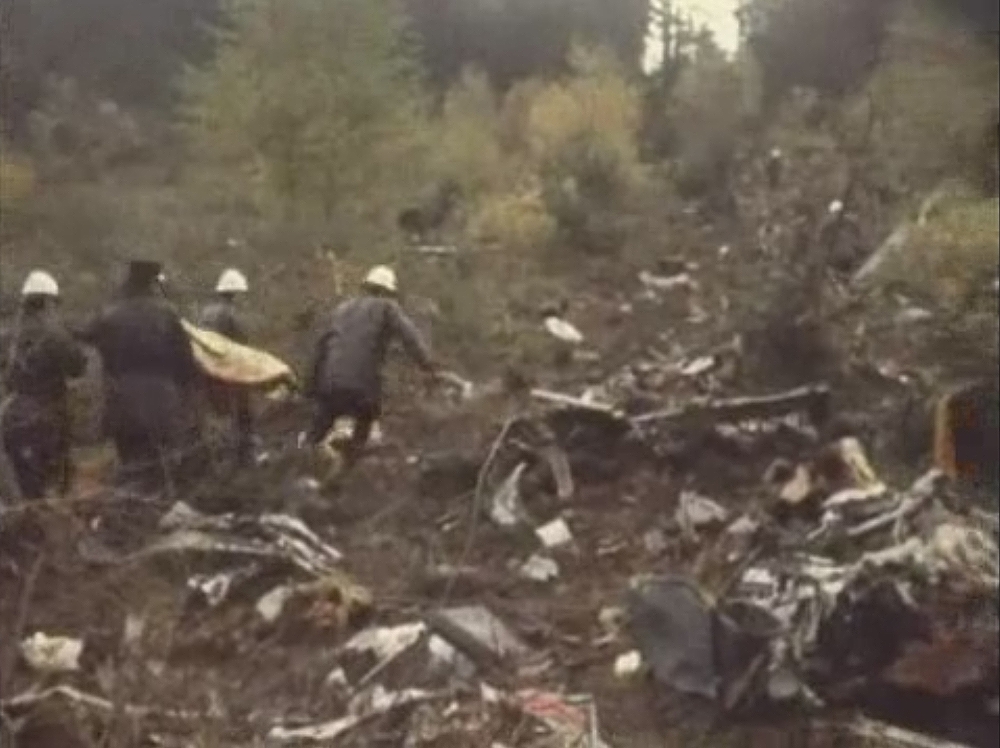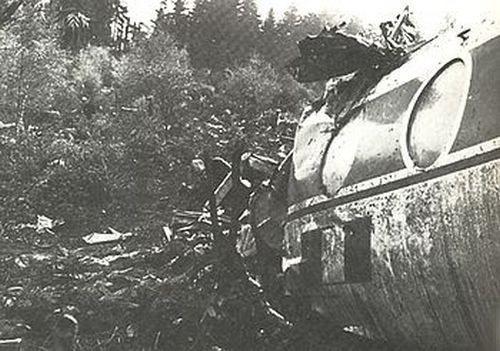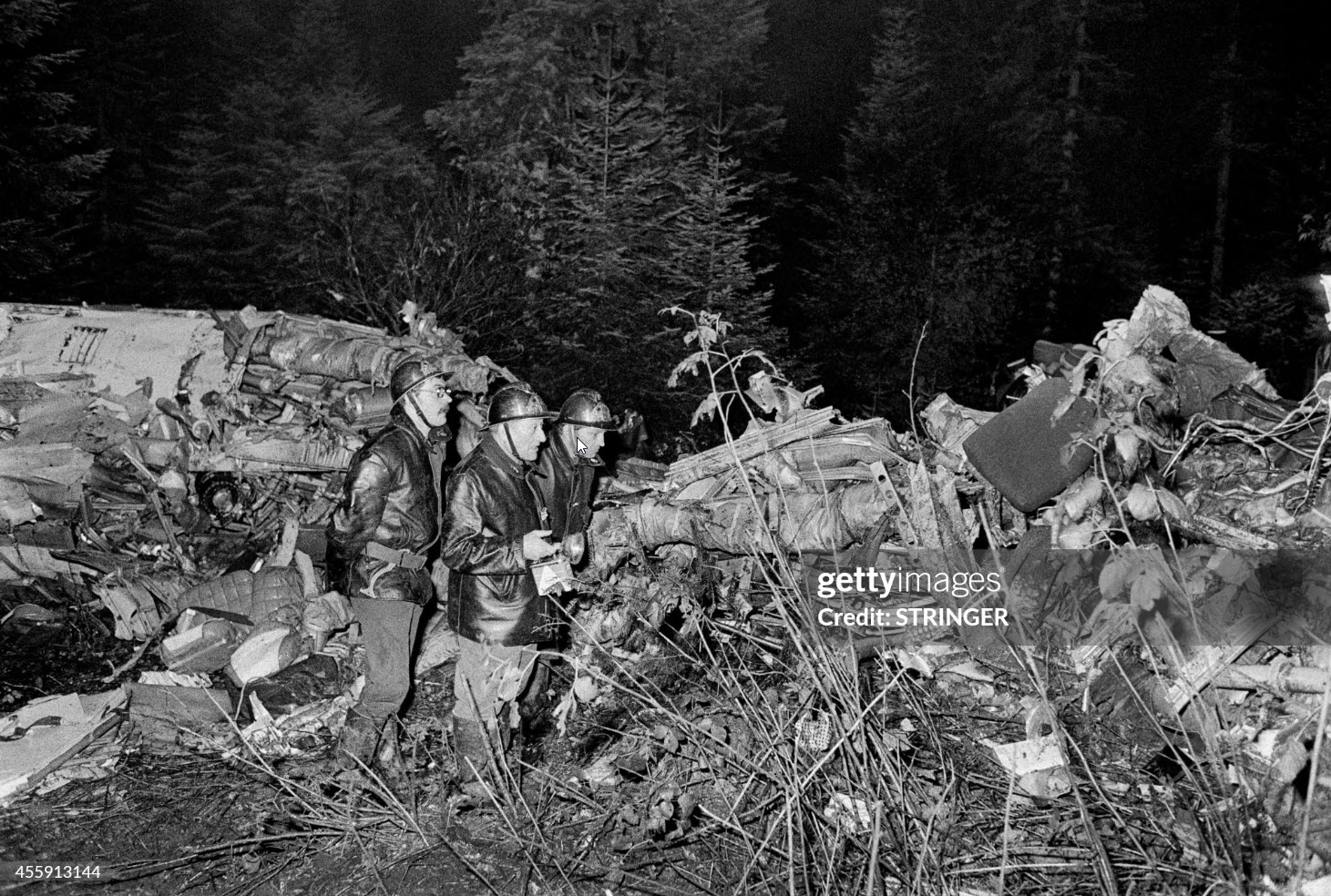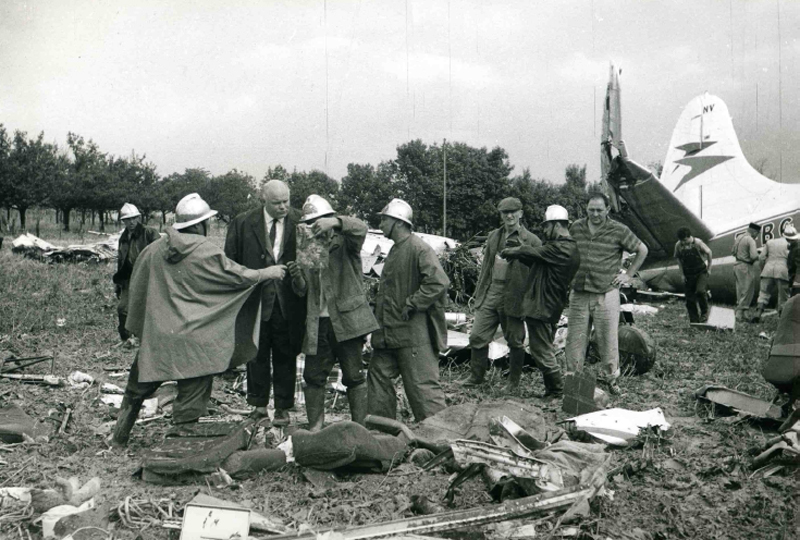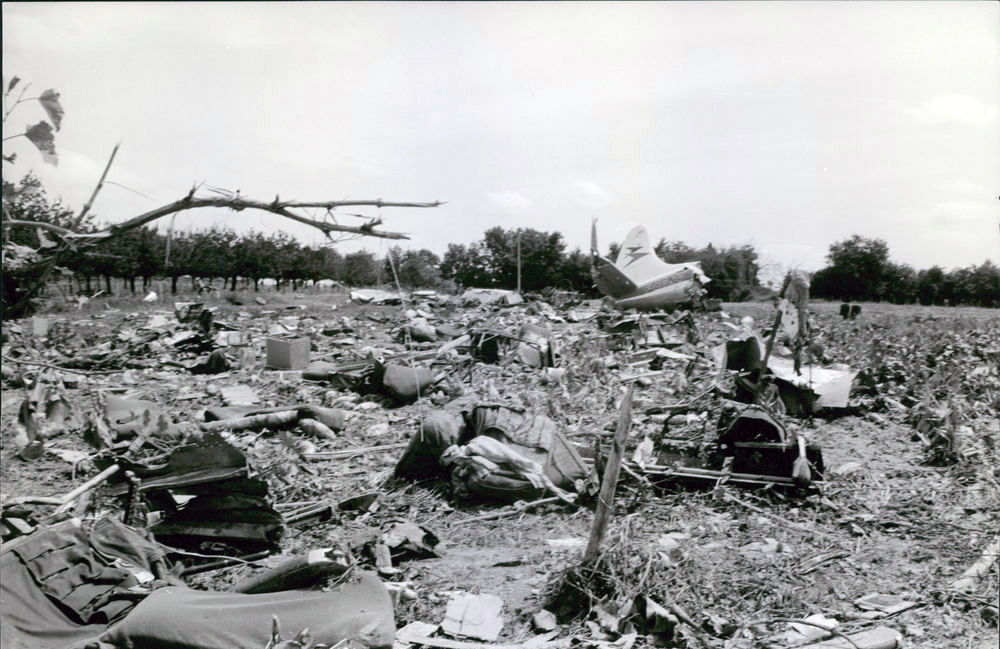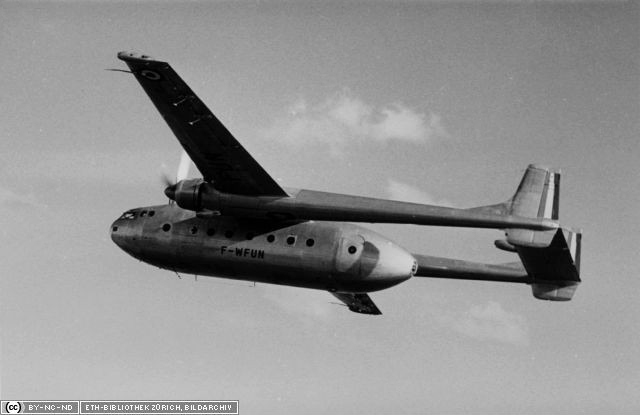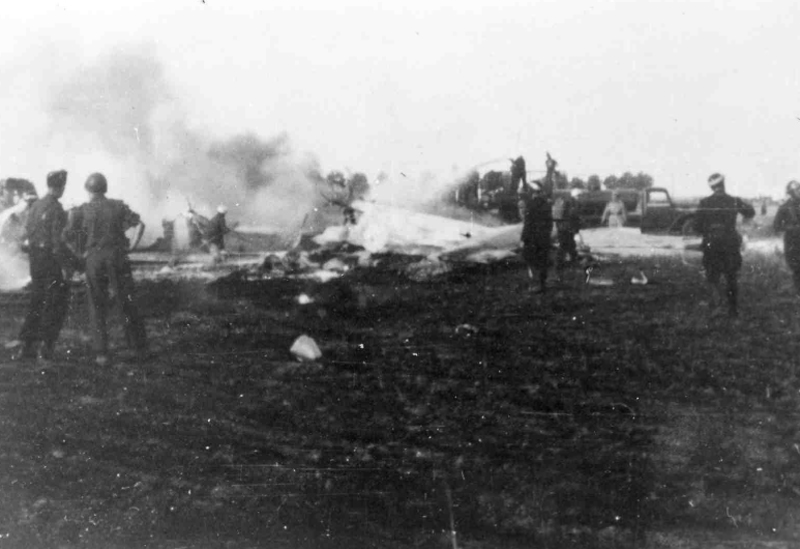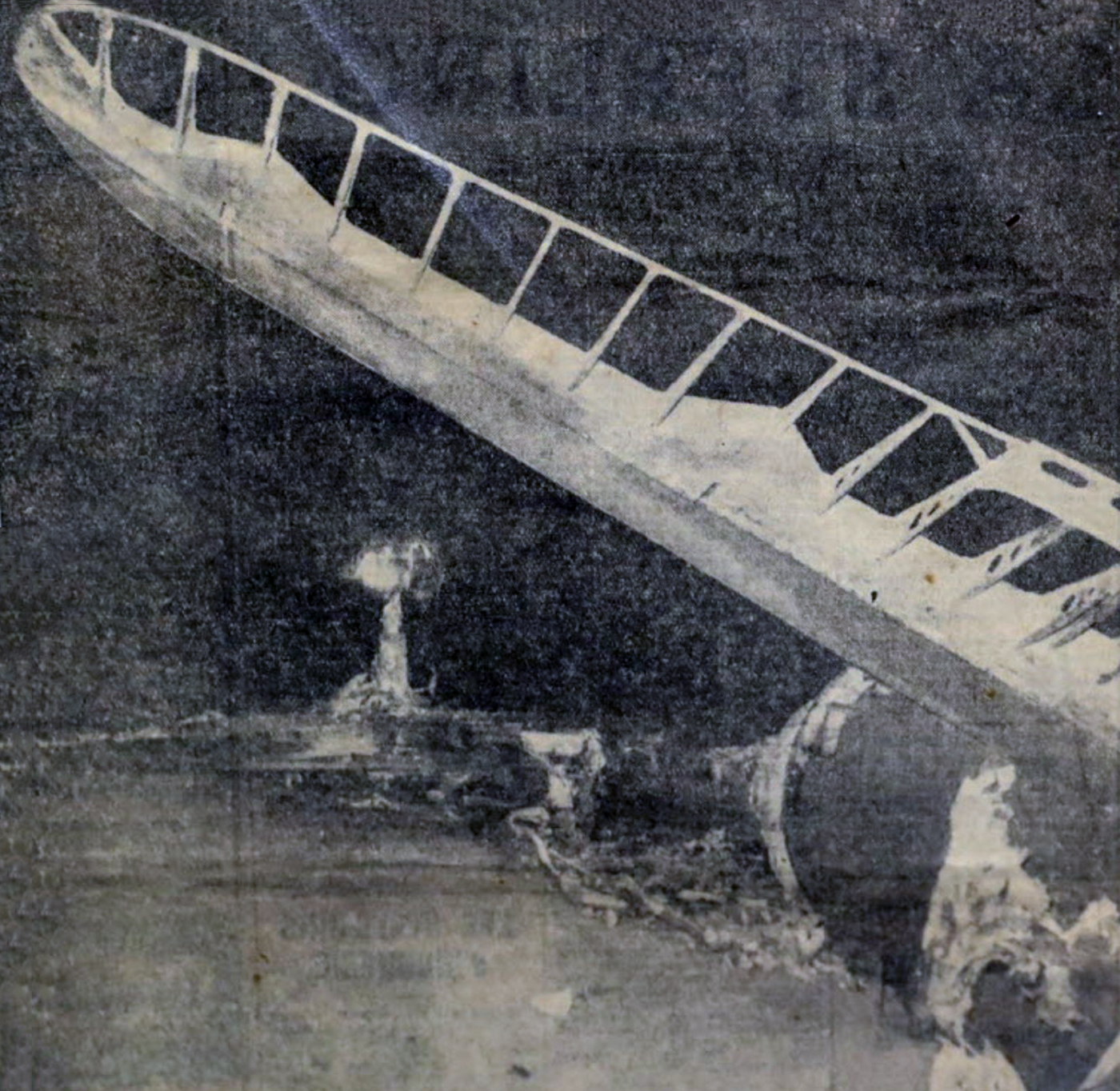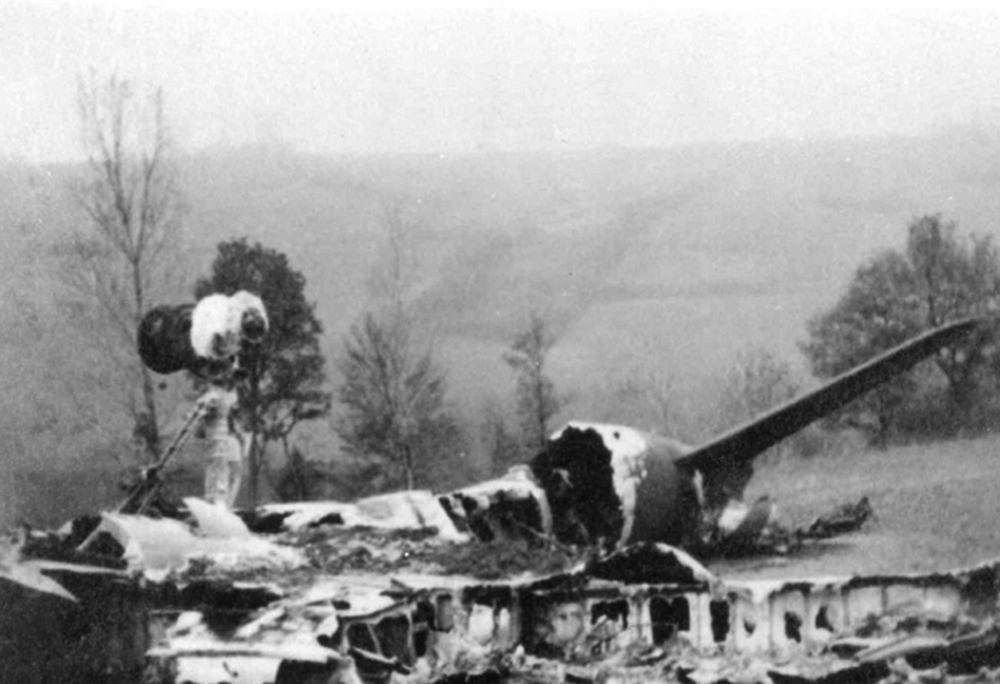Crash of a Cessna 402A in Angoulême: 1 killed
Date & Time:
Nov 28, 1973
Registration:
F-BRSA
Survivors:
Yes
Schedule:
Lyon - Angoulême
MSN:
402A-0092
YOM:
1969
Crew on board:
1
Crew fatalities:
Pax on board:
4
Pax fatalities:
Other fatalities:
Total fatalities:
1
Circumstances:
While approaching Angoulême-Brie-Champniers Airport on a flight from Lyon-Bron, the twin engine airplane crashed in unknown circumstances in the 'forêt de bois blanc', a wooded area located about 8 km southeast of the airport. While all four passengers were injured, the pilot Roger Delmas was killed.

